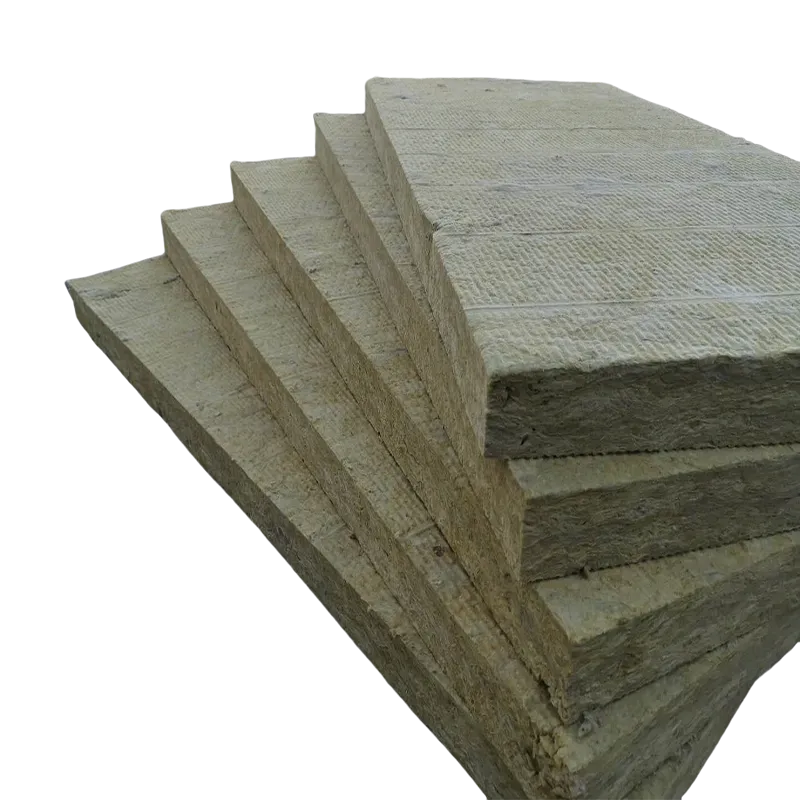Is glass wool better than Rockwool?
Is glass wool better than Rockwool
glass wool
Rockwool
In the selection of building insulation materials, glass wool and rock wool have always been two materials that have attracted much attention. They each have their own advantages and characteristics, so which one is better? This has become a hot topic in the construction industry. This article will compare glass wool and rock wool from multiple angles in order to provide readers with a comprehensive reference.

Material composition and production process
Glass wool and rock wool have significant differences in material composition and production process. Glass wool is mainly made of silicates (such as sand, limestone, soda, etc.) after high-temperature melting through a fiberization process. Its production process is relatively simple and has low energy consumption. Rock wool is mainly made of basalt and other natural minerals after high-temperature melting through high-speed centrifugal equipment to make fibers, and then through curing, cutting and other processes to make boards.
Thermal insulation performance
In terms of thermal insulation performance, both glass wool and rock wool have excellent performance. Glass wool has a low thermal conductivity and can effectively block heat conduction. It is often used for wall, roof and floor insulation of buildings. Rock wool also has excellent thermal insulation performance. Its fiber structure contains a large number of air gaps, which helps to maintain a stable temperature inside the building.
Fire resistance
Fire resistance is an important consideration for building insulation materials. Rock wool is particularly outstanding in this regard. Its main component, basalt, has natural fire resistance, can remain stable in high temperature environments, and will not produce toxic smoke. Glass wool also has certain fire resistance, but its fire resistance is slightly inferior to rock wool.
Sound insulation effect
There are also differences in the sound insulation effect. The porous structure of glass wool can effectively absorb and block noise, and is widely used in building environments that require sound insulation. Rock wool has a higher density and a more significant sound insulation effect. It is particularly suitable for places that require a high level of sound insulation, such as concert halls and conference rooms.
Environmental protection performance
Environmental protection performance is increasingly valued. The raw materials used in the production process of glass wool come from a wide range of sources, and the production energy consumption is low, so the impact on the environment is relatively small. Although rock wool consumes more energy in the production process, it has a long service life and can be recycled and reused after scrapping, which is also friendly to the environment.
Price and market application
In terms of price, glass wool is generally more economical than rock wool and is suitable for projects with limited budgets. Rock wool has a relatively high price due to its high comprehensive performance, but it is more widely used in high-demand construction projects.
In summary, glass wool and rock wool have their own advantages and disadvantages. Glass wool has become the first choice for many construction projects with its excellent thermal insulation performance, good sound insulation effect and low price. Rock wool has a place in the high-end market with its excellent fire resistance and better sound insulation effect. The final choice of which material still needs to be determined based on specific project requirements, budget and performance requirements.
Whether it is glass wool or rock wool, they play an important role in the field of building insulation and sound insulation. With the continuous advancement of technology and the continuous expansion of the market, the application prospects of these two materials will be broader. For the construction industry, understanding and reasonably selecting suitable insulation materials will be the key to achieving building energy conservation and improving living quality.
 English
English
Roof Thermal Insulation with Aluminum Foil Veneer Glass Wool Board: A Smart Solution for Energy Efficiency
As energy costs rise and the demand for sustainable building solutions increases, roof thermal insulation has become a critical aspect of modern construction. One of the most effective materials for achieving superior insulation is the Aluminum Foil Veneer Glass Wool Board. This advanced insulation solution combines the thermal efficiency of glass wool with the reflective properties of aluminum foil, offering enhanced performance for roofing applications.
Read MoreRecycled Glass Wool Blanket for Building Insulation: A Sustainable Solution
As the demand for eco-friendly building materials increases, Recycled Glass Wool Blanket has emerged as an excellent choice for building insulation. Made from recycled glass, this material offers an environmentally responsible alternative to traditional insulation options, helping reduce waste while improving energy efficiency in homes and commercial buildings.
Read MoreEco-Friendly Materials: Glass Wool Blanket for Sustainable Insulation
As the world becomes more focused on sustainability and reducing environmental impact, eco-friendly materials have gained significant importance in construction and manufacturing. One such material that stands out in both environmental performance and versatility is Glass Wool Blanket. Made from recycled glass, this sustainable insulation solution offers a variety of benefits that help reduce energy consumption while contributing to a greener future.
Read More